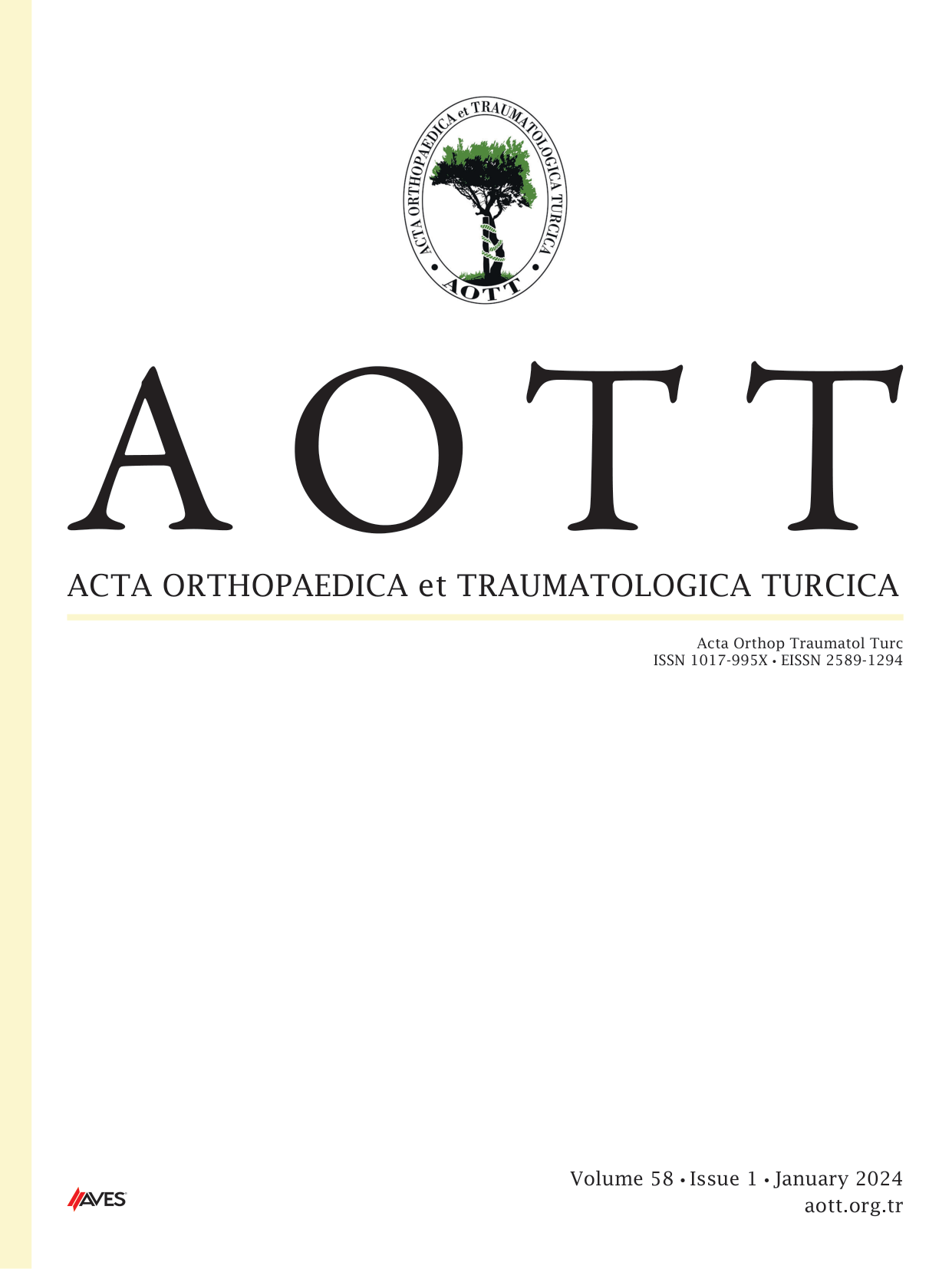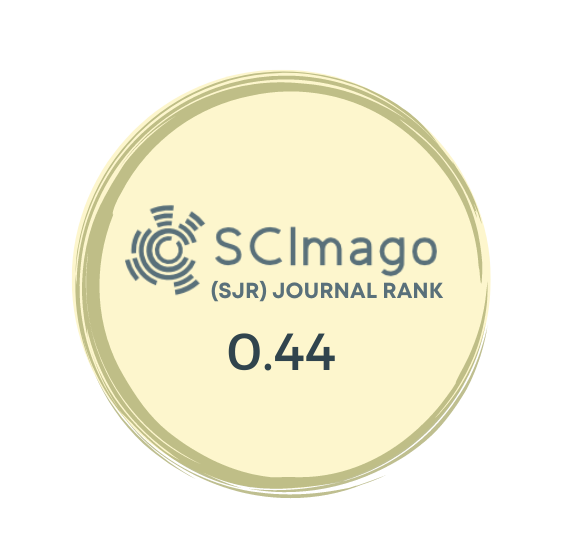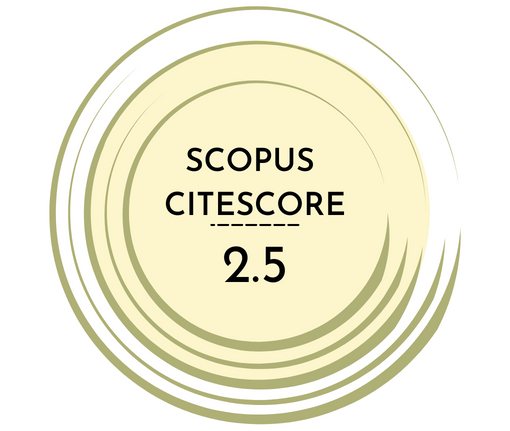Objective: The aim of this study was to evaluate changes in lesser trochanter shapes in relation to femoral rotations and to develop a reference value for the determination of clinically relevant malrotation of the femur.
Methods: Patients who underwent computed tomography angiography between January 2009 and July 2018 were identified based on a review of their institutional medical records. Thereafter, three-dimensional (3D) images of the whole femur for a total of 860 patients were obtained from their tomographic sections. The distance between the lateral outer cortex of the femur and the most medial point of the lesser trochanter with the femur in neutral rotation was measured and set as the reference value. Then, the same distance was measured at 5°, 10°, 15°, and 20° of femoral internal rotation and at 5°, 10°, 15°, 20°, and 25° of femoral external rotation. To avoid magnification errors, the reference values were divided by each measured value at these different rotation angles and then multiplied by 100.
Results: The mean distances between the lateral cortex and the most medial point of the lesser trochanter at 5°, 10°, 15°, and 20° of femoral internal rotation were 97%, 93%, 90%, and 88%, respectively, of those measured with the femur in neutral rotation. The same distances at 5°, 10°, 15°, 20°, and 25° of femoral external rotation were 102%, 104%, 106%, 107%, and 108%, respectively, of those measured with the femur in neutral rotation. There was no statistically significant difference between the measured distances in males and females (p>0.05). However, significant differences were observed among each measured distance at different angles of femoral rotation (p<0.01).
Conclusion: The surgeon should be aware of the possible femoral malrotation if the distance between the lateral cortex of the femur and the most medial point of the lesser trochanter on the operated side is more than 106% or less than 90% of that measured with the femur in neutral rotation on the healthy side.
Level of Evidence: Level IV, Diagnostic study
Cite this article as: Turgut A, Koca A, Uzakgider M, Hancıoğlu S, Erkuş S, Kalenderer Ö. Quantitative assessment of changes in lesser trochanter shapes in relation to femoral rotations. Acta Orthop Traumatol Turc 2020; 54(2): 149-54.






